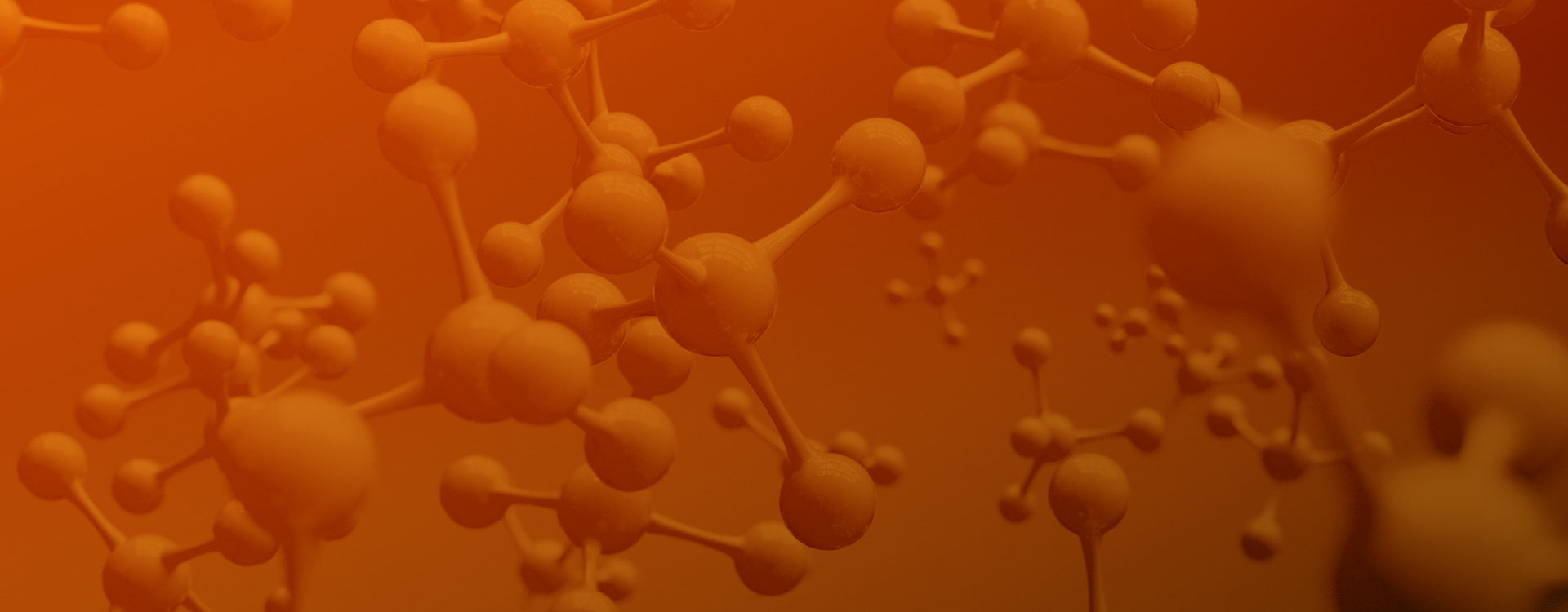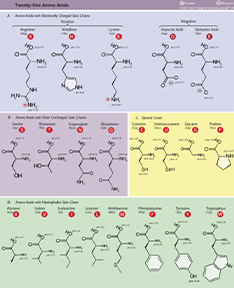
Quantitative Analysis of Amino Acids
Quantitative Analysis of Energy Metabolism
Quantitative Analysis of Short-Chain Fatty Acids
Quantitative Analysis of Fatty Acids
Quantitative Analysis of Bile Acids
Quantitative Analysis of Trimethylamine Oxide and Related Metabolites
Quantitative Analysis of Amino Acids
Quantitative Analysis of Neurotransmitters
Quantitative Analysis of Organic Acids
Quantitative Analysis of Flavonoids
Quantitative Analysis of Carbohydrates
Quantitative Analysis of Plant Hormones
Quantitative Analysis of Carotenoids
Quantitative Analysis of Tannins
Quantitative Analysis of Phenolic Acids
Quantitative Analysis of Anthocyanins
Amino acid is a general term for a class of organic compounds containing amino and carboxyl groups, and it is an essential substance for almost all living organisms. Recent years, more and more studies have confirmed that certain amino acids in the body can not only be used as substrates for protein synthesis, but also can regulate many life activities in the body through the biological activities of themselves and their metabolites, such as Regulate lipid metabolism and glucose metabolism, maintaining the homeostasis of the body's internal environment, synthesize nitric oxide, nucleic acid hormones and neurotransmitters to affect nerves and endocrine, regulate cell gene expression and signal transduction, immunity, antioxidant, anti-stress, etc.

Journal: British Journal of Cancer Impact factor: 5.791 Published date: 2019 Published by: University of Oulu, Finland
Cancer cachexia is a complex wasting syndrome affecting patients with advanced cancer, with systemic inflammation as a key component in pathogenesis. Protein degradation and release of amino acids (AAs) in skeletal muscle are stimulated in cachexia.
Serum levels of nine AAs were characterised in 336 CRC patients and their relationships with 20 markers of systemic inflammatory reaction, clinicopathological features of cancers and patient survival were analysed.
Low serum glutamine and histidine levels and high phenylalanine levels associated with indicators of systemic inflammation, including high modified Glasgow Prognostic Score, high blood neutrophil/lymphocyte ratio and high serum levels of CRP, IL-6 and IL-8. Low levels of serum glutamine, histidine, alanine and high glycine levels also associated with advanced cancer stage and with poor cancer-specific survival in univariate analysis.
 The relationship between serum amino acid level and mGPS
The relationship between serum amino acid level and mGPS Two-dimensional visualization of the relationship between serum amino acid levels and serum cytokine levels
Two-dimensional visualization of the relationship between serum amino acid levels and serum cytokine levels Kaplan-Meier survival curves of cancer-specific survival in patients with low and high levels of serum glutamine a, histidine b, phenylalanine c, and glycine d
Kaplan-Meier survival curves of cancer-specific survival in patients with low and high levels of serum glutamine a, histidine b, phenylalanine c, and glycine dSerum AA levels are associated with systemic inflammation and disease stage. These findings may reflect muscle catabolism induced by systemic inflammation in CRC.
Sirniö Päivi,Väyrynen Juha P,Klintrup Kai et al. Alterations in serum amino-acid profile in the progression of colorectal cancer: associations with systemic inflammation, tumour stage and patient survival.[J] .Br. J. Cancer, 2019, 120: 238-246
 © Copyright 2015-2022 Suzhou PANOMIX Biomedical Tech Co.,Ltd
© Copyright 2015-2022 Suzhou PANOMIX Biomedical Tech Co.,Ltd